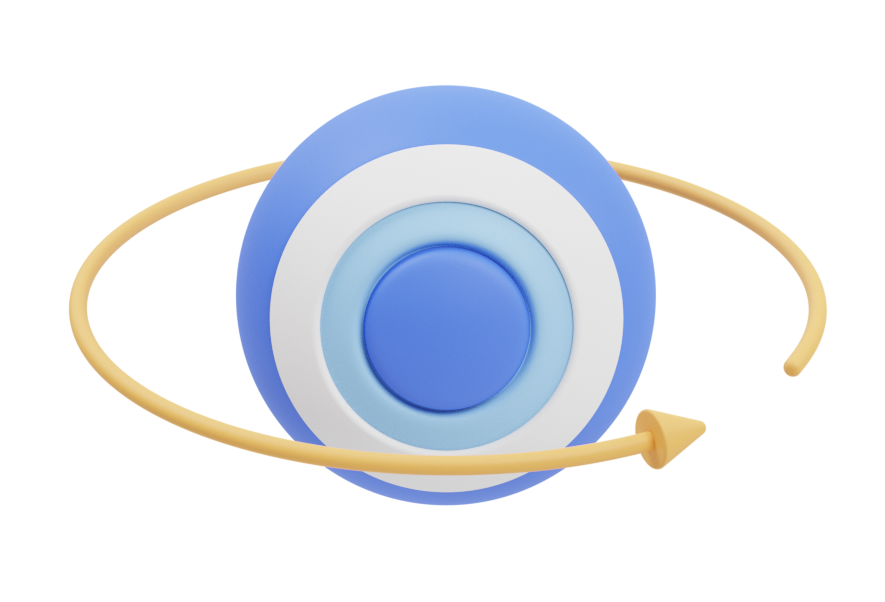
Error 404
Encontraremos la oferta de financiación que mejor se adapta a ti, visita una de las secciones de nuestra web y descúbrela

Encontraremos la oferta de financiación que mejor se adapta a ti, visita una de las secciones de nuestra web y descúbrela